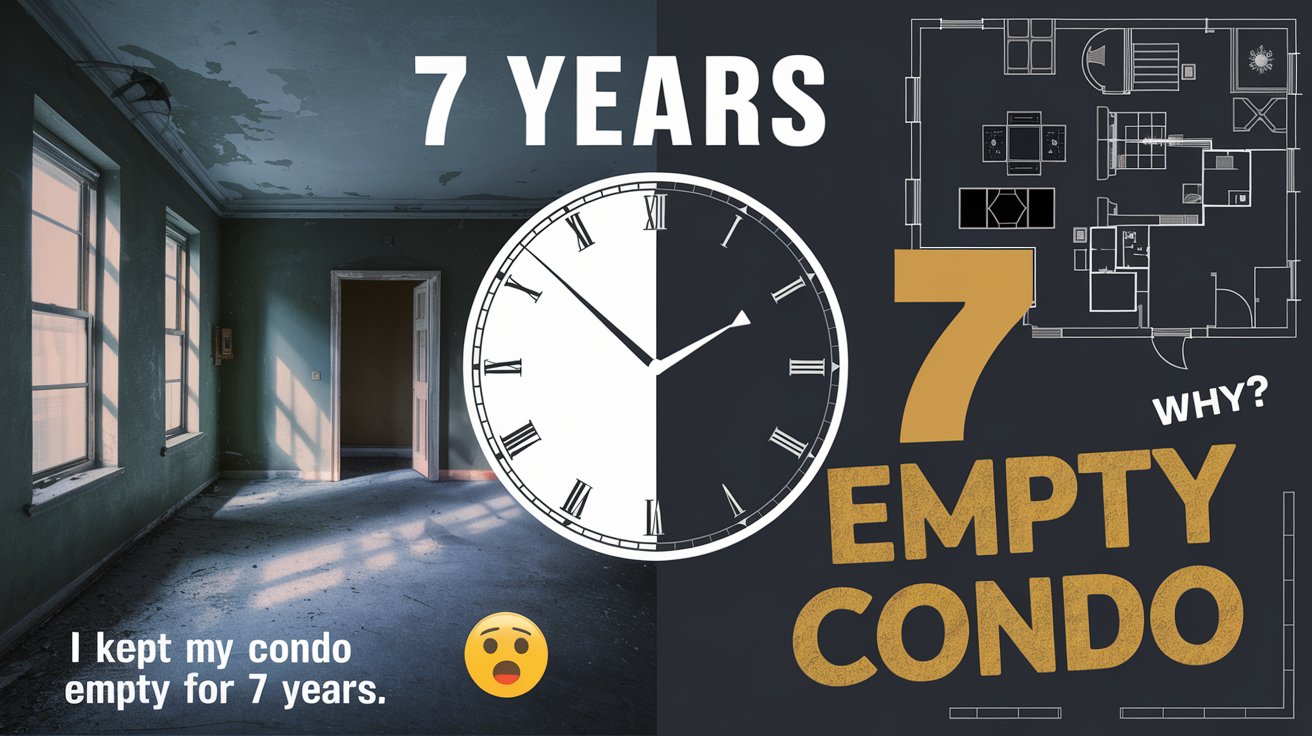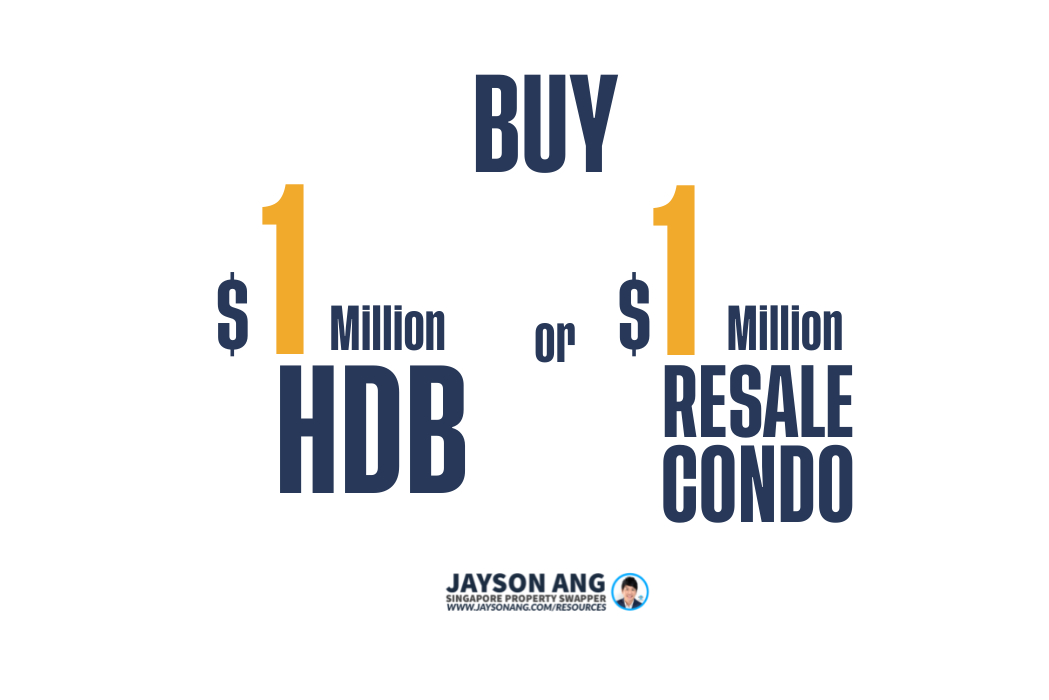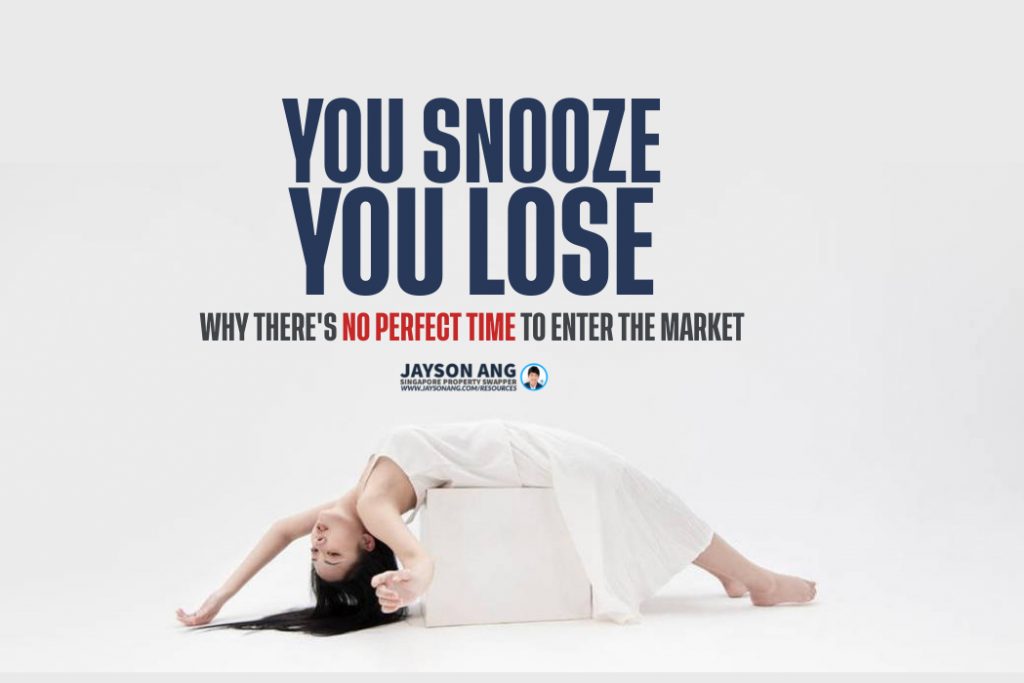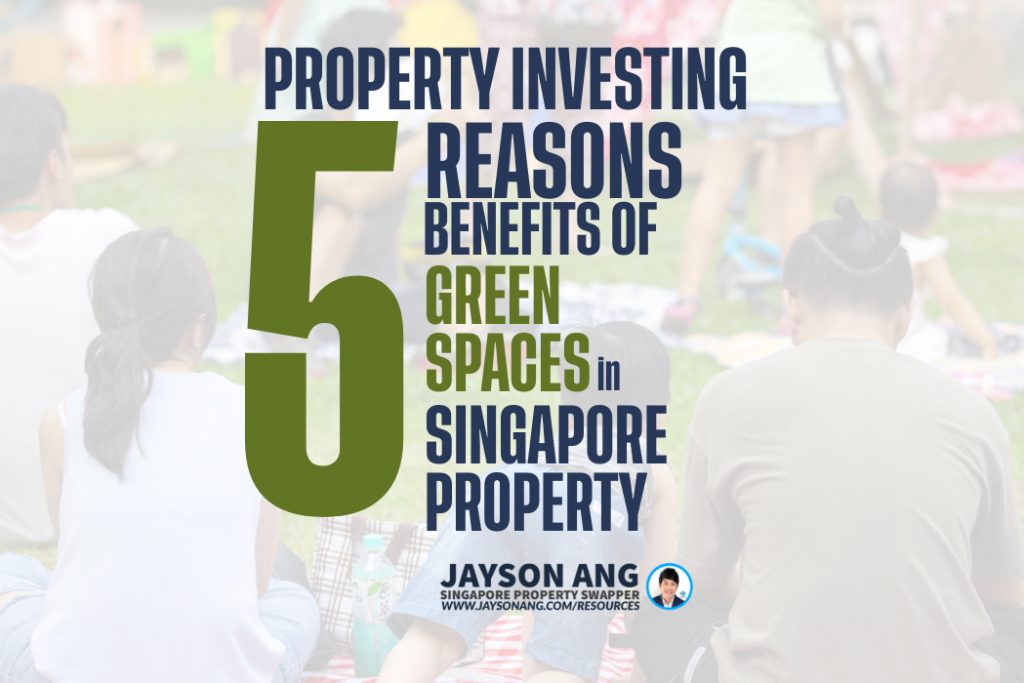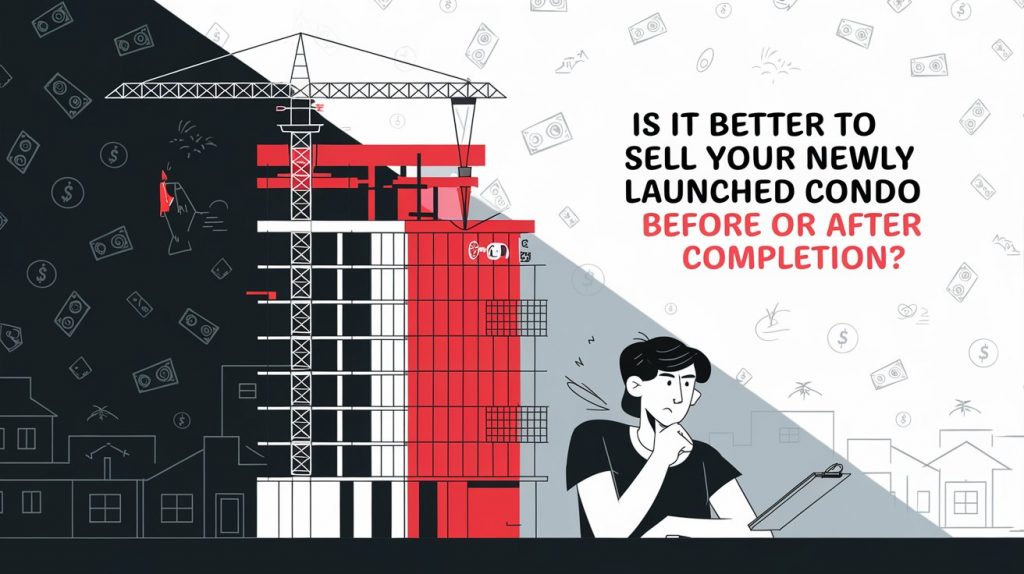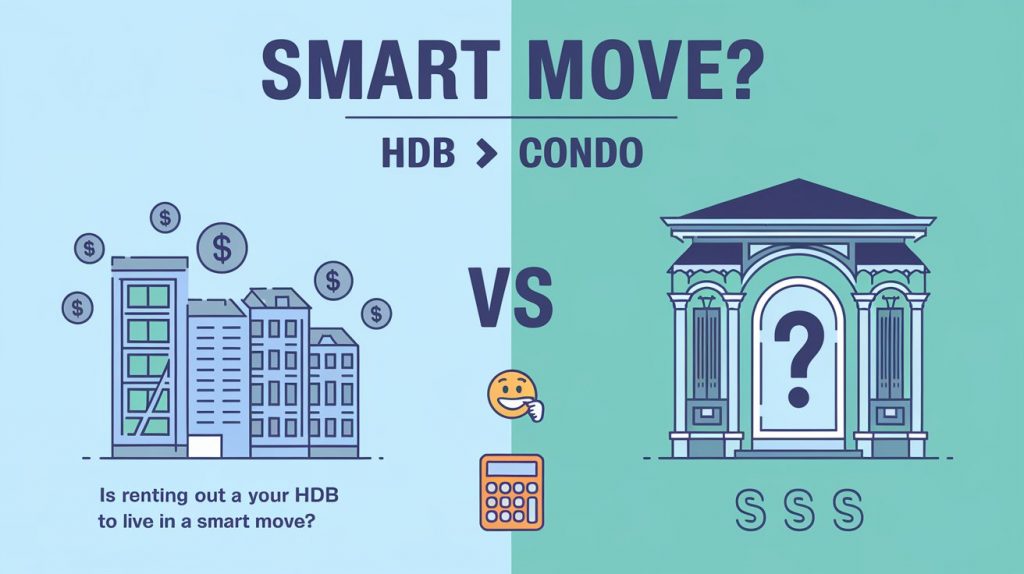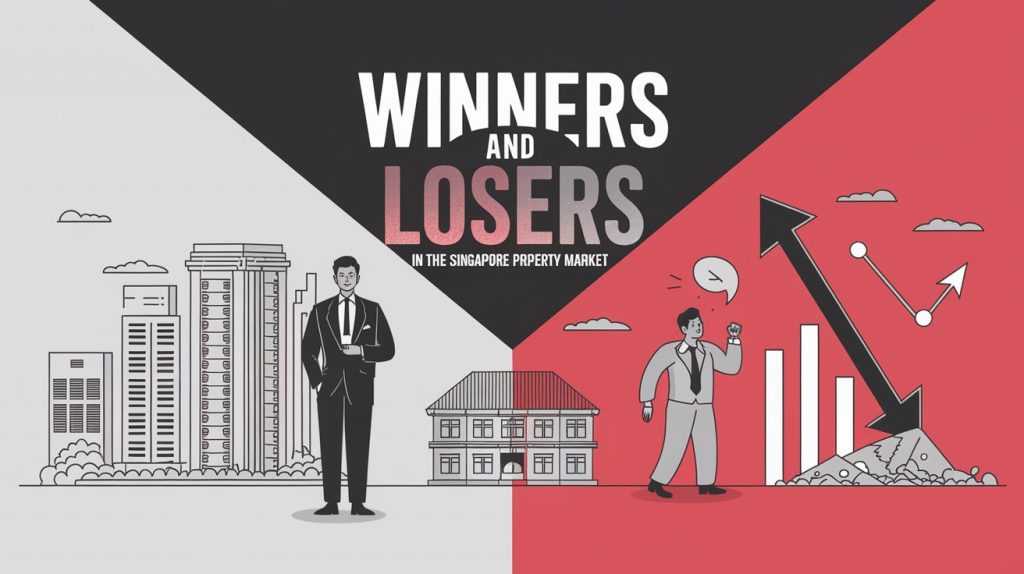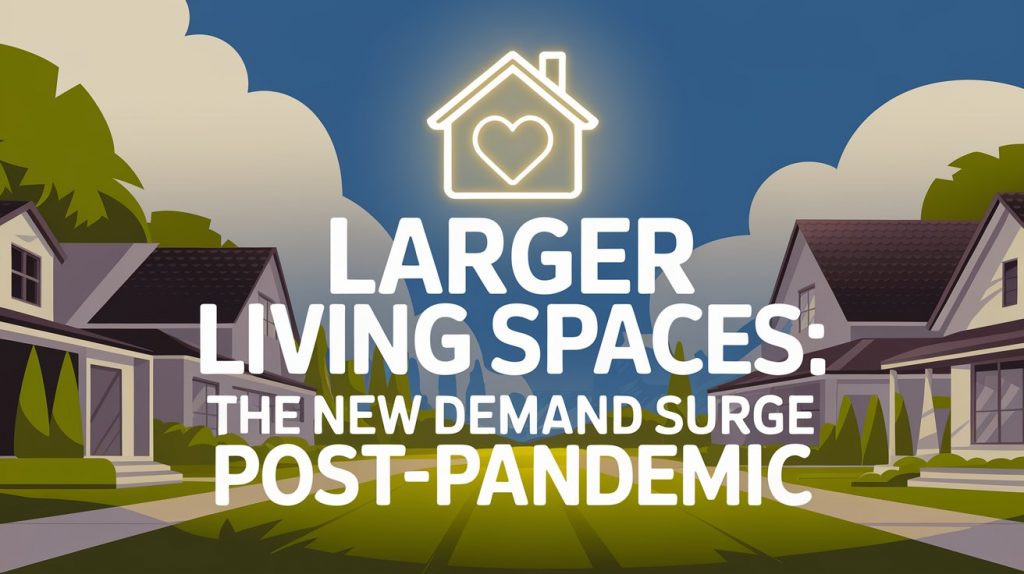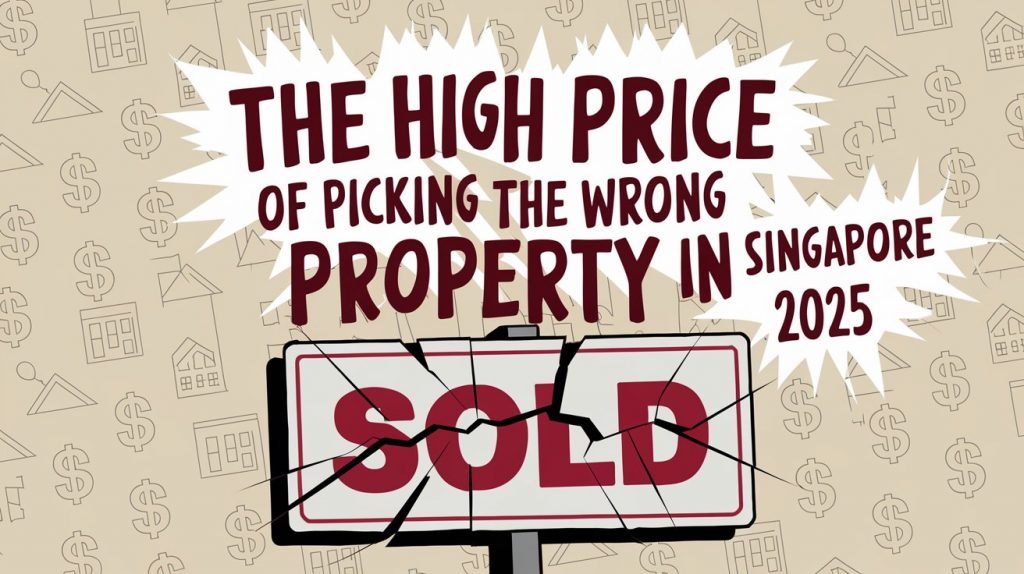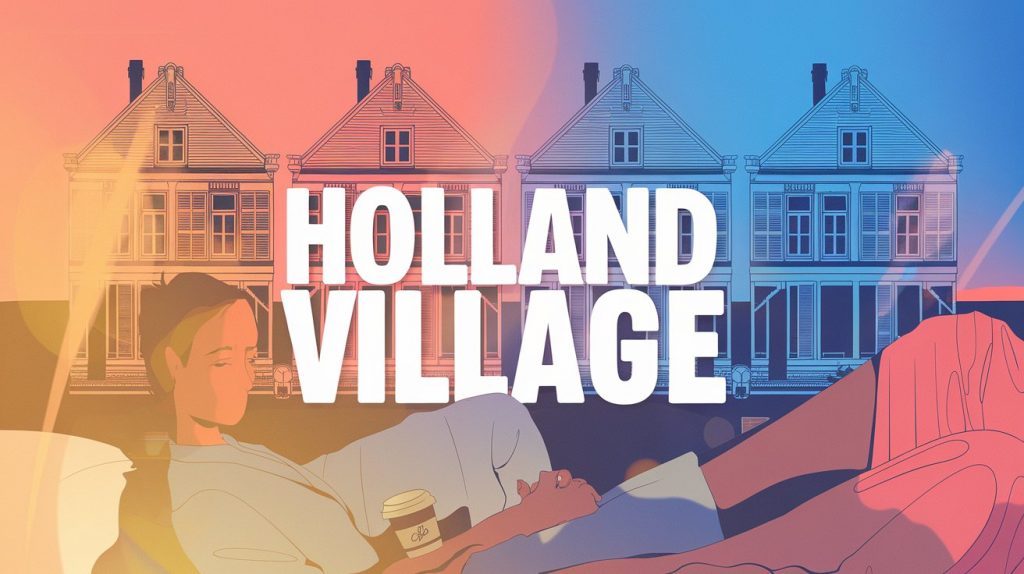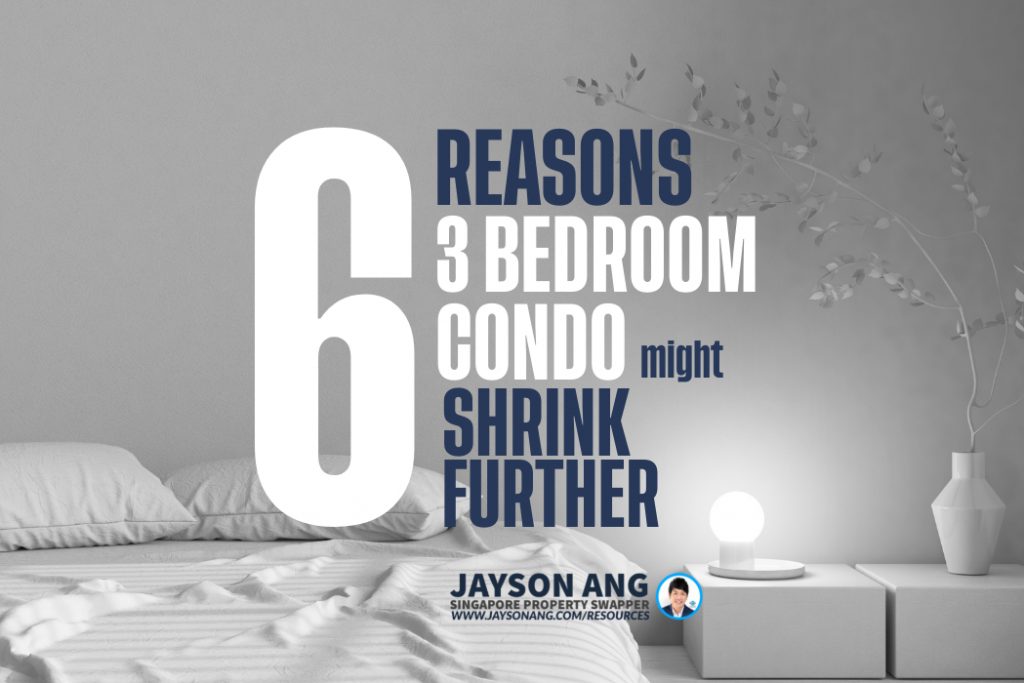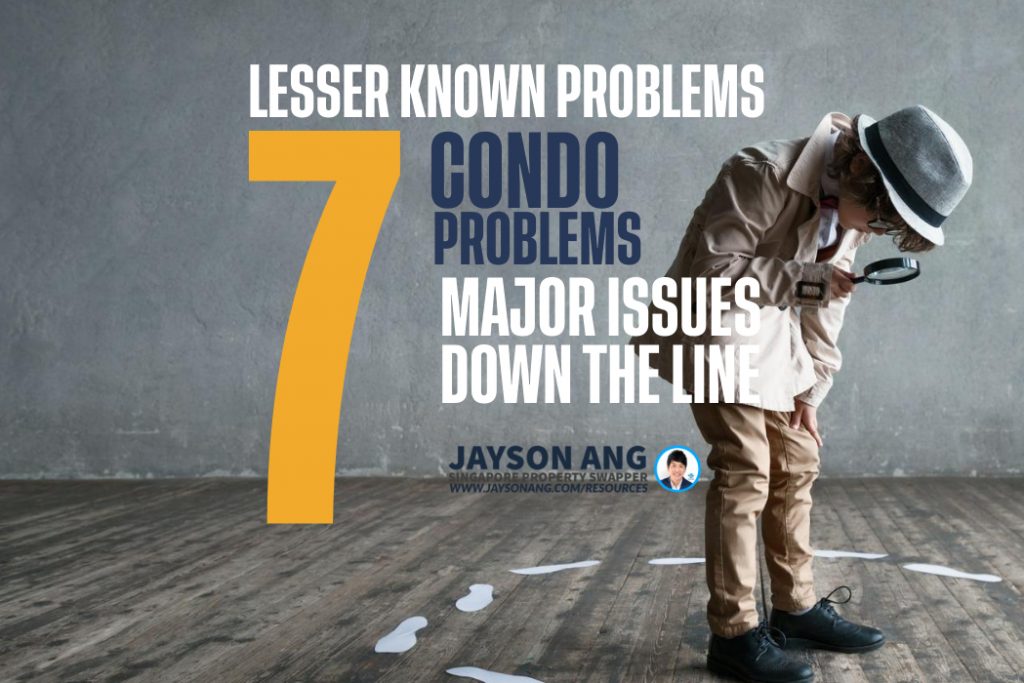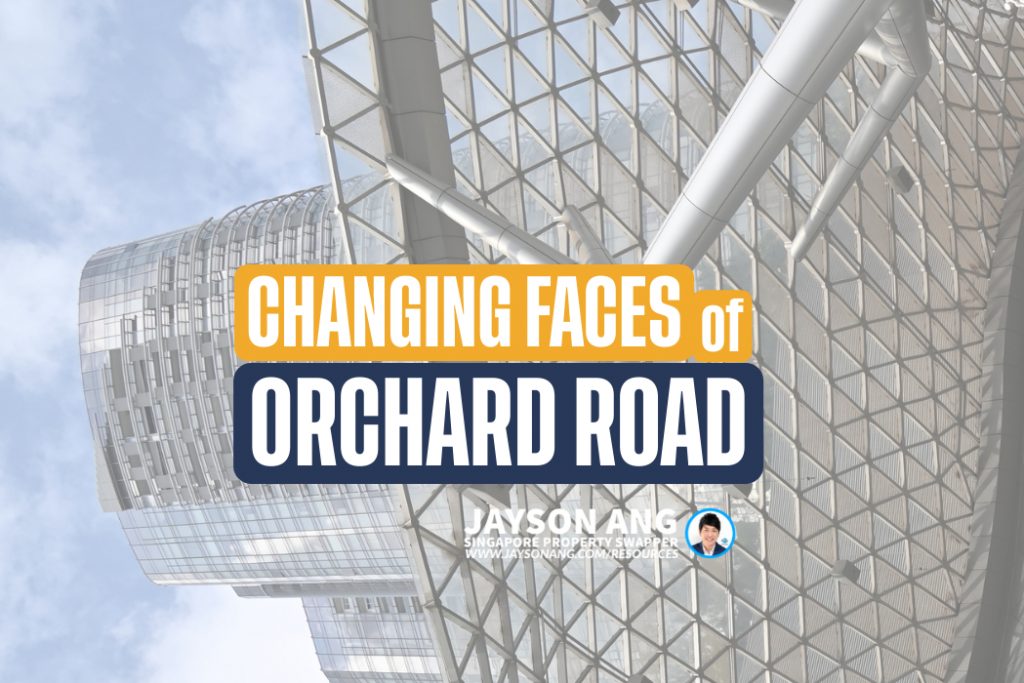TLDR
Younger generation in Singapore is reshaping house hunting by showing a preference for quality of life over location. Millennials are exploring less popular neighborhoods, embracing vintage properties like walk-ups, and opting for smaller living spaces. They are also incorporating practical design ideas such as smart homes and open shelving. This shift challenges traditional views on property investment and suggests valuable lessons for older buyers.
When it comes to house hunting in Singapore, our younger generation is showing they’re more interested in quality of life than ever before. Far from being careless or unrealistic, these younger house hunters use clever tactics. They’re ready to chance it on less popular neighborhoods and are reimagining how we use space. These moves might be the new trend setters for property investment. So let’s explore how millennials are shaking things up when buying a house in Singapore.
1. “Playing It Cool” Can Be A Pretty Smart Way To Go About Buying A House
Sometimes, millennials pick areas that are a bit dilapidated or seedy, despite having the means to buy at a better location. We’ve heard this derided as attempts to be edgy or ironic; but it does have a pay-off.
In the early 2000s, for example, Joo Chiat was not a particularly desirable neighbourhood to be in. It was home to a growing number of dive bars, “massage” parlours, and questionable back alley activities. And yet, millennial buyers did move in, picking up older condos and walk-ups at a song.
The same happened in pre-gentrification Tiong Bahru and Keong Saik.
Tiong Bahru used to be considered the direct opposite of trendy. Its prior reputation stemmed from the 1990s, when almost a third of the population was aged 45 and over, and it was regarded as a “place for old people”. Today it’s a high-rent location, known for being the hipster capital of Singapore.
Keong Saik was once part of the “blue triangle.” an even bigger red-light area than Geylang ever was. Living near this area was considered crowded, noisy, and sleazy. Today, it’s home to co-working spaces, high-end hotels, and artisanal restaurants (albeit still crowded and noisy).
Many millennials moved into these areas anyway, while the older generation frowned on them. But as it turned out, this meant the millennial buyers were able to move in at much lower prices, and benefitted from the sharp turnaround of these neighbourhoods.
In cases like Tiong Bahru, the millennials moving in were themselves the force for change and gentrification; so their love of “backward” places may not be as impractical as many assume.
2. A Growing Interest In Considering More Vintage Properties, Like Those Charming Walk-Ups
Without many exceptions, we’ve noticed that the majority of folks snapping up walk-up apartments are from the younger millennial group. Of course, there’s a practical reason for this; those stairs can be a real workout for the older crowd!
That being said, it appears that millennials are more open to deal with inconveniences like climbing stairs, finding parking a bit further away or having to ride a bike to the nearest train station. It’s their secret recipe to snagging larger living spaces without breaking the bank (walk-up apartments, especially the older ones, usually come with a smaller price tag per square foot).
And let’s talk about amenities. Older buyers tend to miss having a pool, gym, clubhouse and the likes in these walk-up apartments. But most millennials shrug it off – they prefer hitting up local gyms, public pools, and whatnot, instead of shelling out extra bucks for home maintenance fees.
3. Millennials Are Pretty Cool With Smaller, More Compact Living Spaces. They Get It – Less Is More Sometimes
Take the modern dumbbell layout for instance, where your living room acts as a bridge between your bedrooms and kitchen. It’s a clever way to cut down on unnecessary hallways. But, it seems not everyone is a fan. Many of our older customers aren’t too keen on their front door opening directly into the living room without a small entrance area or a winding hallway leading into the room. On the other hand, the younger crowd, the millennials, they don’t mind this efficient design.
That’s not all. Millennials are also quick to catch onto the latest trends. They’re not just looking at how big a place is, but how well they can adapt it to their needs. Developers have picked up on this. TMW Maxwell, for example, markets its properties specifically to the younger generation.
Their new property features some pretty nifty adaptations like a movable walk-in wardrobe that opens into a flexible study area, and a balcony with a fold-out table that doubles as an outdoor workspace or a spot for drinks. There are even units with an “outdoor living room”, which may seem out there to some, but millennials are all for it.
Older buyers could learn a thing or two from the younger lot. They still tend to get caught up in the size of a property. But what’s the point if half the space is taken up by planter boxes, air-con ledges, or long, space-eating corridors?
4. More Open To Exploring Practical Design Idea
The younger crowd of homebuyers is shaking things up a bit, mixing old-school charm with high-tech cool. They’re not afraid to shop secondhand and bring a little bit of history into their homes while keeping everything up to date and functional.
Here’s what’s trending with the young ones when it comes to their homes:
- Smart homes: These tech-savvy folks are decking out their homes with all the latest gadgets, turning them into smart homes that make life easier and keep everyone connected.
- Easy living: Younger buyers appreciate things that save time and effort. They’re ditching traditional locks for digital ones, and love having dishwashers and dryers in their homes.
- Indoor plants: While previous generations might have kept their green thumbs outdoors, millennials are bringing nature indoors. Houseplants are becoming a must-have, symbolising a bond with nature even in city surroundings.
- Open shelving: Instead of hiding everything away in cupboards, younger homeowners are going for open shelves. It’s an easy way to grab what they need and show off their favourite things, while older folks might prefer the neat look of closed cabinets.
- Goodbye bathtubs: With urban homes getting smaller, space is at a premium. So, many younger homeowners are swapping out bathtubs for showers, which take up less room.
Of course, we can’t say every single person in this generation is doing these things. But these trends are pretty common among younger homebuyers, and they’re probably on to something good. As homes keep shrinking and mortgages get pricier, the older folk might want to pick up a few tips from the millennials.
Should You Buy, Sell or Wait?
If you’re reading this, you must be trying to figure out the best course of action right now: is it the right time to buy or sell?
It’s difficult to give an exact answer since everyone’s situation is unique and what works for one person may not necessarily work for you.
I can bring you a wealth of on-the-ground experience and a data-driven approach to provide clarity and direction. From beginners to experienced investors, our top-down, objective approach will help you on your real estate journey.
I can help you by:
- Offering Strategic Real Estate Advice – I can help create a comprehensive plan to guide you through your property journey.
- Connecting Your Home with the Perfect Buyers – Through stunning visuals, an effective communication strategy, and an in-depth knowledge of the market, we’ll ensure your home is presented in the best possible way to fulfill your goals.
You May Also Like …


